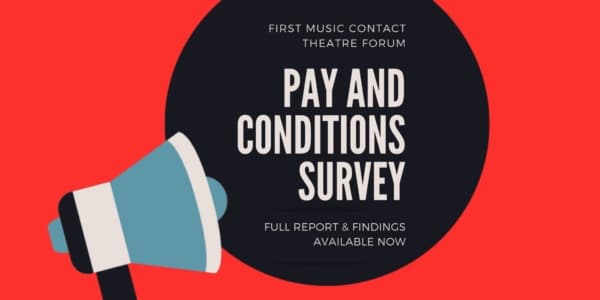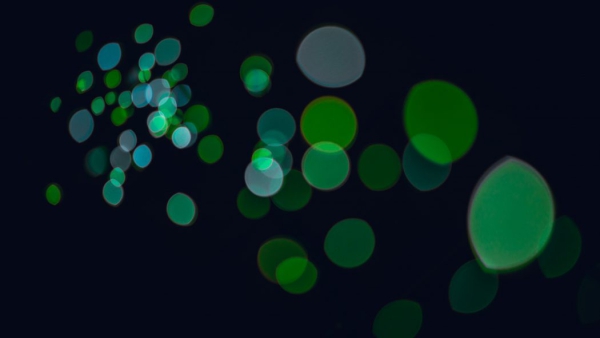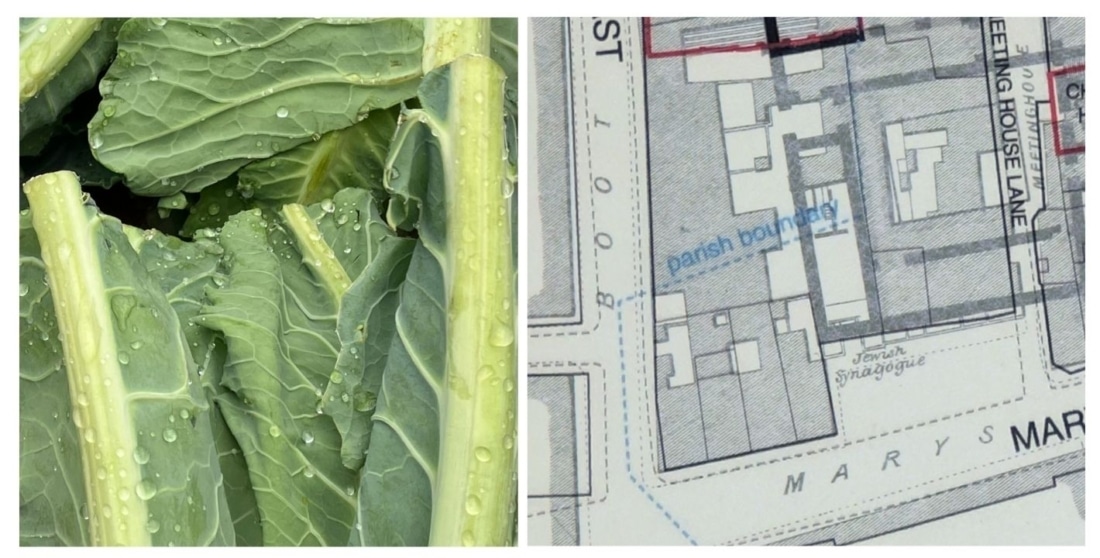Location: The Gallery at The Complex, 21 Arran Street East, Dublin 7, D07YY97
Preview: 19 Sept, 6-8 pm
Exhibition Run: 20 Sept – 3 Oct
Hours: 10am-5pm Mon-Fri, 12-5pm Sat
Tickets: Free entry, no booking required
Residues of The Garden of Eden at The Complex brings together the work of Joanne Reid and Ben Weir, curated by Mark O’Gorman and Debi Paul. Mark and Debi have been working closely on the exhibition since they proposed the collaboration in 2022, whereupon the artists became bound through their instinctive conversations. As it progressed, the contrast in scale between the artist’s work, along with a shared sensitivity and a refined sculptural language, through the use of industrial materials such as steel, wood, and concrete, made the connection apparent.
A central point of dialogue that emerged between the artists in relation to The Complex site and its surrounding environment gravitated towards a focal point that was the Garden of Eden – not only the biblical paradise described in the Book of Genesis, but also the (later inspired) formal walled gardens of aristocratic estates. The Garden of Eden has acted as a central node from which other enquiries branched out, among them the Victorian Fruit and Vegetable Market, currently under renovation and adjacent to The Complex in Smithfield, with its richly ornate terracotta castings of lobsters, turnips, and other produce, sequenced uniformly across its exterior. It also embraced the materials and packaging methods used daily by the vendors with their cardboard boxes filled with vegetables, arranged on the roadside, stacked on pallets and wrapped in plastic, displaying an unintentional harmony of form, colour, and gesture.
As conversations between the artists and curators developed, the concept of the wall in relation to the garden became foundational, raising the notion of designed boundaries that interrogate tensions between inside and outside, wild and tamed, safety and danger, class structures, and the demarcation of land and communities. The artist’s research led them to another local site of discovery, St. Mary’s Abbey, founded in 1139 and once one of the largest and most significant medieval monasteries in Ireland. Ben came across a map illustrating the historic parish boundary of St. Mary’s and revealed that whilst the Abbey ceased to function as such after the dissolution of the monasteries in 1541, the area north of the Liffey continued to be served by St. Michan’s. It was not until 1698 that St. Mary’s parish was formally established, separating it from St. Michan’s, the boundary of which appears to cut diagonally through the exhibition space at The Complex, creating yet another layer of spatial and historical division which will inform Ben’s installation.
According to Joanne’s research, it was rumoured that an Abbot once covered the leaf mouldings on the ceiling of the Abbey’s Chapter House to prevent the monks working there from becoming distracted, or ultimately seduced by the beauty of nature. This detail resonates with discussions around walled gardens, the Garden of Eden, and the idea of temptation. Joanne references Albrecht Dürer’s Adam and Eve as a key image in her research, in which the biblical figures are shown with fig leaves covering their genitals, symbolising their poignant shame; and at the same time, the branch depicted possesses a certain delicacy. From the fig leaf to the reverent cauliflower leaf, and how it is trimmed for wholesale distribution, to the leaf patterns found on recently unearthed medieval tiles from St Mary’s Abbey, the leaf continues to be a unifying motif in Joanne’s work for the exhibition.
As the exhibition approaches, playful conversations and formative site visits have taken place at locations such as The Wonderful Barn, Fire Station Artists’ Studios, the Leixlip Spa, St. Mary’s Abbey, Chapter House and various construction/archaeological sites surrounding The Complex. Boundary walls were scaled or peeked over as they encouraged each other to discover. Residues from different periods of the Gallery site’s history proliferate through their conversations, calling to attention other sites of interest and moments in art history. These outings have informed a flourishing dialogue and a relationship between the artists and curators, laying lines between and marking out in increments their thoughts and speculations.
Text by Mark O’Gorman and Debi Paul.
Proudly supported by the Arts Council of Ireland, Fingal Arts Office, and Dublin City Council.


